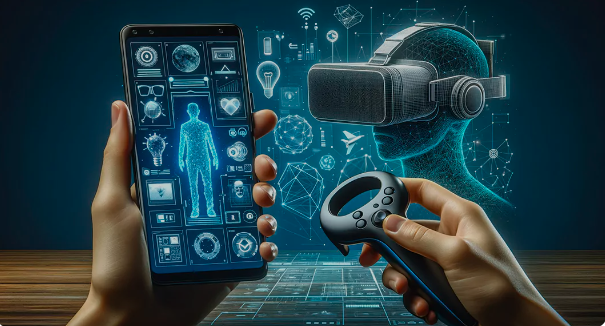The Era Of Autonomous Laundry Delivery Robots:

In the ever-evolving landscape of technological advancements, the integration of autonomous robots into various industries has become increasingly prevalent. One such area that has witnessed a transformative shift is the laundry services sector. Autonomous laundry delivery robots are emerging as a game-changer, promising efficiency, cost-effectiveness, and enhanced customer experience. This comprehensive exploration delves into the key aspects, functionalities, challenges, and future prospects of these innovative robots.
I. Understanding Autonomous Laundry Delivery Robots
A. Definition and Scope
- Autonomous laundry delivery robots refer to robotic systems designed to handle and deliver laundry items without human intervention.
- Scope includes both residential and commercial applications, catering to individual households, laundromats, hotels, and more.
B. Core Components
- Sensor Technologies: Cameras, Lidars, Ultrasonic sensors for navigation and obstacle detection.
- AI Algorithms: Machine learning models enabling route optimization, object recognition, and decision-making.
- Mechanical Structure: Durable chassis and wheels for smooth movement.
II. Functionality and Operations
A. Navigation and Mapping
- Robots employ advanced mapping algorithms to navigate through complex environments.
- Real-time adjustments based on surroundings ensure efficient and safe delivery.
B. Pick-Up and Drop-Off Mechanism
- Innovative gripping mechanisms for secure handling of laundry items.
- User-friendly interfaces for customers to specify pick-up and drop-off locations.
C. Connectivity
- Integration with mobile applications for seamless communication between users and robots.
- Utilization of 5G technology for high-speed data transfer and low-latency interactions.
III. Advantages of Autonomous Laundry Delivery Robots
A. Time and Cost Efficiency
- Reduction in labor costs and operational expenses.
- Faster delivery times compared to traditional methods.
B. Improved Accuracy
- AI-driven algorithms enhance accuracy in navigation, reducing the risk of errors.
- Precise scheduling and delivery timelines improve overall service reliability.
C. Environmental Impact
- Electric-powered robots contribute to a greener and sustainable laundry delivery solution.
- Optimization of routes minimizes fuel consumption and carbon footprint.
IV. Challenges and Solutions
A. Safety Concerns
- Implementing robust safety features to avoid collisions and ensure public safety.
- Continuous monitoring and upgrades to address potential risks.
B. Technological Limitations
- Overcoming challenges related to battery life, especially in high-demand scenarios.
- Regular software updates to stay ahead of technological constraints.
C. Regulatory Compliance
- Navigating legal frameworks related to autonomous robots on public roads.
- Collaboration with regulatory bodies to establish guidelines and standards.
V. Case Studies: Autonomous Laundry Delivery Robots in Action
A. Robolaunderette
- Overview of a startup utilizing autonomous robots for laundry services.
- Customer feedback and impact on business operations.
B. Commercial Deployments
- Exploration of large-scale implementations in hotel chains, hospitals, and laundromats.
- Comparative analysis of efficiency and customer satisfaction.
VI. Future Outlook and Innovations
A. Integration with Smart Homes
- Collaborations with smart home systems for seamless integration of laundry services.
- Voice-activated commands for robot control and monitoring.
B. Artificial Intelligence Advancements
- Evolution of AI algorithms for better decision-making and adaptation to dynamic environments.
- Predictive maintenance models to enhance robot longevity.
C. Expansion into New Markets
- Exploring the potential for global adoption of autonomous laundry delivery robots.
- Identifying untapped markets and strategic partnerships.
VII. Conclusion
In conclusion, autonomous laundry delivery robots mark a paradigm shift in the laundry services industry. With the potential to revolutionize efficiency, reduce costs, and enhance customer satisfaction, these robots are at the forefront of technological innovation. As the technology continues to evolve, addressing challenges and embracing new opportunities will be crucial for the widespread adoption of autonomous laundry delivery robots, shaping the future landscape of the laundry services sector.




